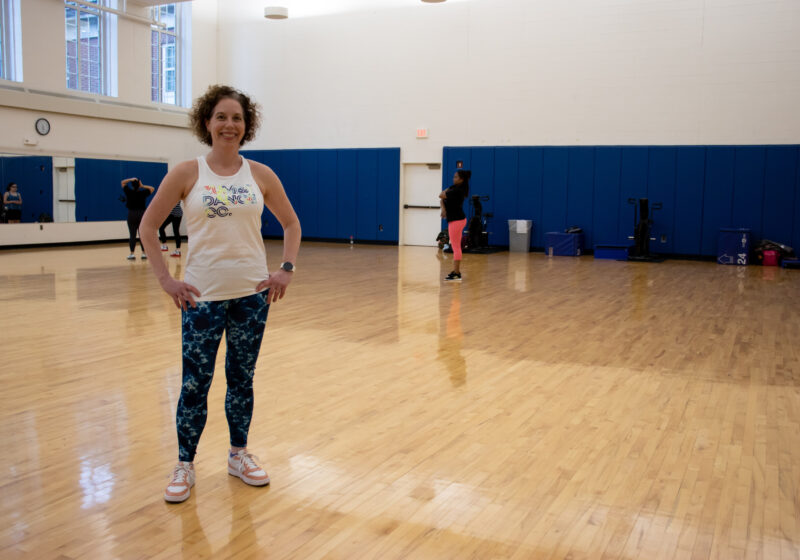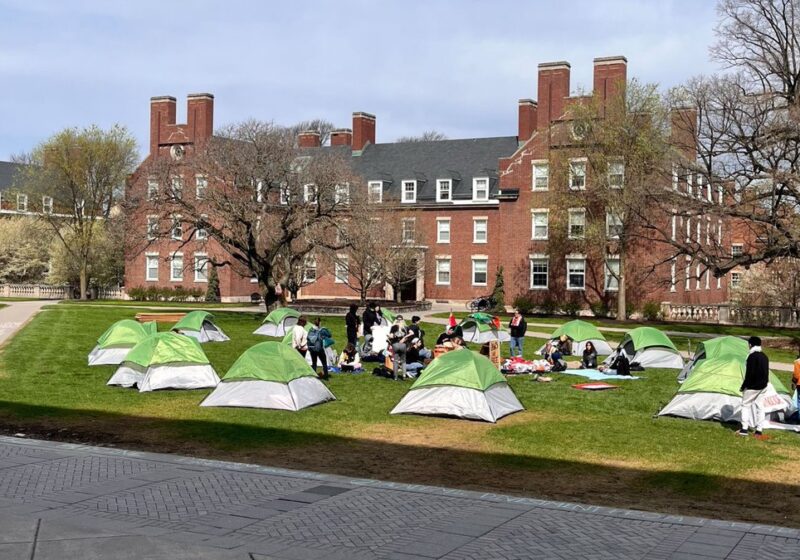“Fringe” is the greatest science-fiction show that you may have never heard of.
It ran for five seasons on Fox, and has been removed from Netflix for a while now. But in a time where people may need an escape, nothing is better than binging this captivating J.J. Abrams show.
The premise seems like a rip-off “X-Files.” Every week is a new case or “monster of the week” dealing with the concept of fringe science.
Fringe science is science that can be explained by manipulating scientific laws and theories, but is not true or accepted. For example, hypothetically, someone could create a computer program that will overload your brain and make it melt. (The plot of the 12th episode.)
The scientific nature of the show makes it interesting and terrifying at the same time. The show can provide an explanation for horrific events depicted on screen, leaving you with the nagging notion that these scientific horrors could happen.
You may not expect a man to transform into a hedgehog monster through genetic manipulation, but I don’t think you expected the East Coast to go into a lockdown, either. So bio-weapon Sonic the Hedgehog has to happen at some point, and “Fringe” knows you’re thinking about it, too.
“Fringe” eventually evolves into a deeper plot, and holds its viewers with curiosity. The science may not be true — for now, anyway — but it sure is believable when we start jumping off to alternate worlds.
The show follows FBI agent Olivia Dunham, the crazy Dr. Walter Bishop, who has a hand in most of the troubling science we see, and his estranged son Peter Bishop. They operate under the FBI’s Fringe Division. (Because of an influx of freaky science appearing across the world, the FBI has created the Fringe Division, which operates out of a basement in Harvard.)
Throw in a sneaky corporation whose founder has gone missing, a strange man in a suit that shows up at the sites of “crimes,” and an experiment on children that involved Agent Dunham and Dr. Bishop, and “Fringe” becomes an irresistible mystery.
“Fringe” works because it doesn’t move in giant leaps but in baby steps.“Fringe” knows that you might not believe walking through walls at first, but maybe you’ll believe it if we were to talk about the vibration of molecules. The show suggests a relevant theme in the first season that sets the stage for the rest of the series: Science has become so advanced that danger accompanies its progress.
And if that doesn’t keep you up at night, go on a “Fringe” and “Black Mirror” marathon. I bet you won’t sleep for days.
Even though “Fringe” can get really dark — it makes “Black Mirror” look cheery — it knows the value of a good joke. Comedy feels out of place in “Fringe,” but it is very needed. A conversation about how human compassion compromises the growth of science? Throw in a good one-liner and I’m sold.
John Noble, who plays Dr. Walter Bishop, masters the brilliant-quirky balance. The ramblings of his lost but brilliant mind steal the spotlight too often. You come to appreciate the small moments in the show, from dosing a caterpillar with LSD to the little demos Dr. Bishop makes with children’s toys to showcase the science at the center of each episode’s plot.
For all my STEM major companions, I have spent enough time at Hajim to know this will be a hit for you with all its far-out theoretical science. For all my non-STEM friends, I know you love a good moral dilemma with conversation about humanity and its flaws. And for my lovers of dark humor, it would be a catastrophe not to watch this show.
We have a lot of time on our hands now, and “Fringe” allows an escape to another nightmare that is different from the “Contagion”-like reality we now live in.

